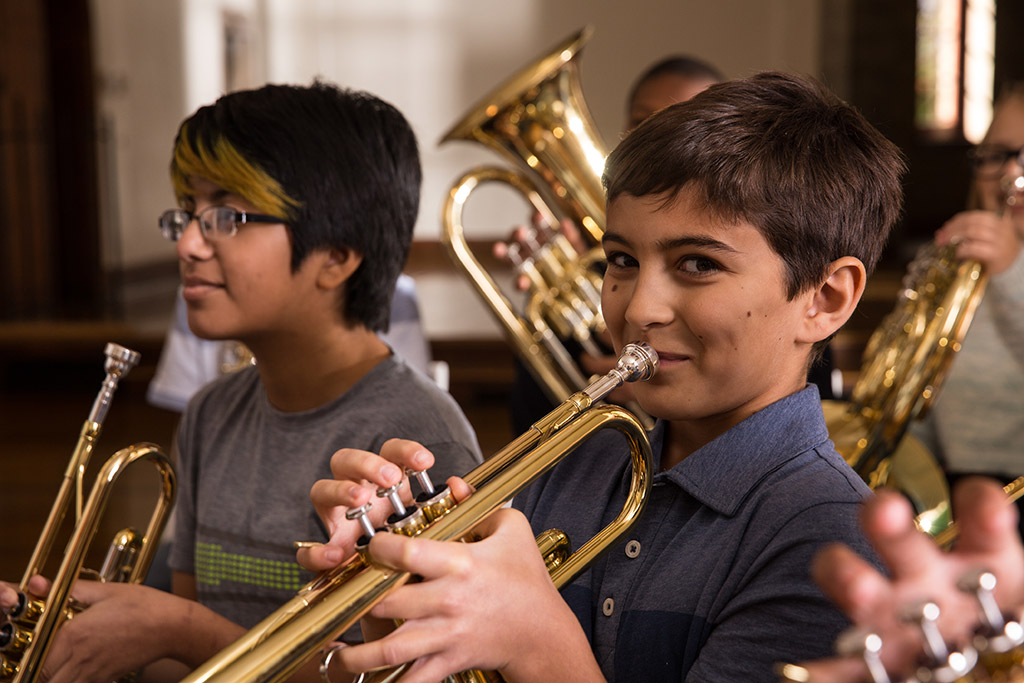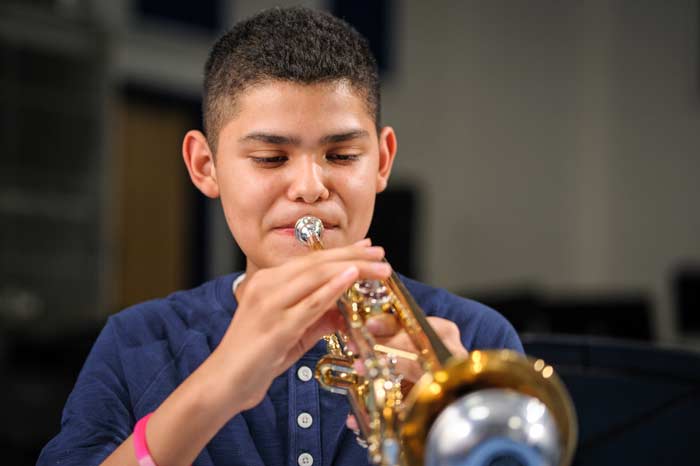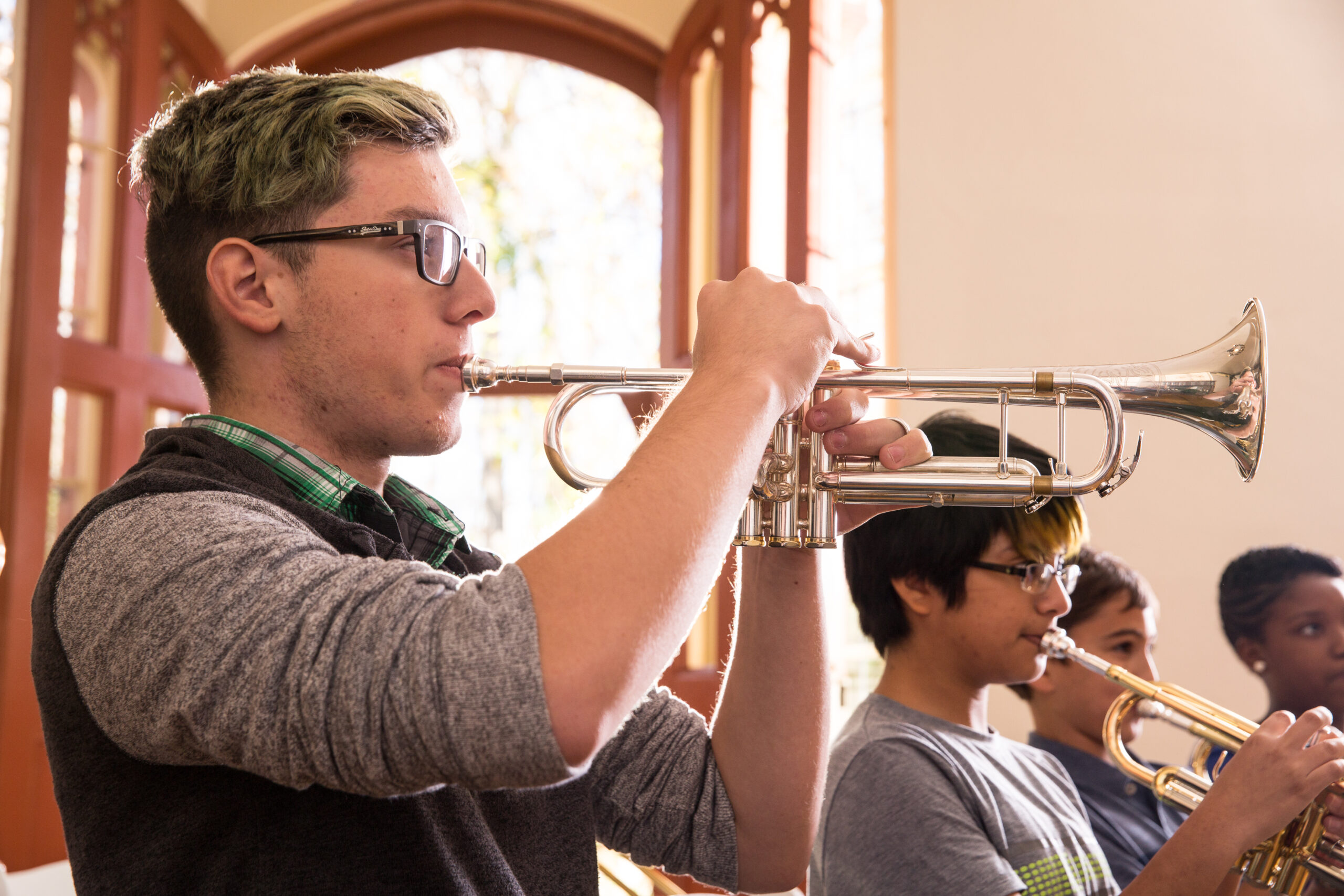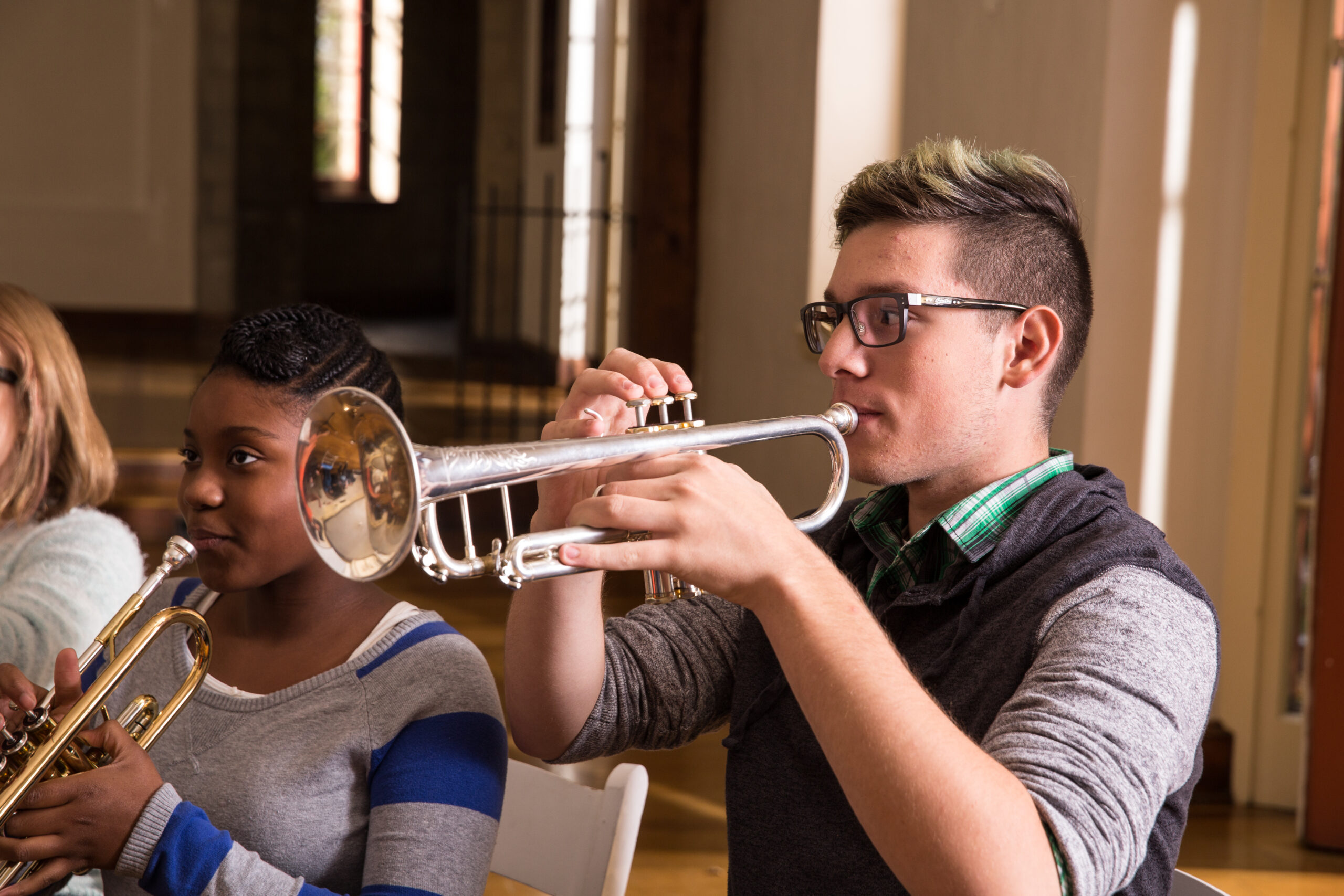July 28, 2015
What Are the Different Parts of the Trumpet?


Featured in a wide variety of different musical genres, ranging from orchestral music and jazz to rock and pop, the trumpet is one of the most popular and interesting musical instruments around. Although trumpets have been around since 1500 BC, where they were used as a signaling device in hunting or in battle, they have only been used as musical instruments since the 15th century. Due to having such a wide range of uses and an impressively colorful history, the trumpet remains a consistently popular option with musicians to this day. If you’re an aspiring musician, and you want to learn everything there is to know about the trumpet, it’s important to be familiar with the different parts of the instrument.
Mouthpiece
Manufactured in a variety of different sizes, the mouthpiece is a removable piece where you place your lips to create sound. There are many different types of trumpet mouthpieces, which can help you change the sound you’re creating. Due to the variety of different mouthpieces and their varied effects, some professional trumpet players collect dozens. Although you may find yourself buying new mouthpieces in order to play differently, or achieve a different sound, it takes a lot of practice before you’ll be capable of controlling and understanding the differences.


Lead Pipe
The lead pipe is the place where the mouthpiece is inserted. It’s important to clean the lead pipe regularly to avoid buildup that can affect the quality of the sound your instrument produces.
Bell
The bell is the part of a trumpet where the sound comes from, like a speaker. Generally, the bell of a trumpet is made with brass and then coated with gold to produce a mellow sound, or plated with silver which produces a sound that’s brighter. Any alterations made to the bell will affect the sound the instrument produces. Additionally, the size of the bell, which is called the flare, affects the sound. Smaller bell flares have a sharp sound while larger flares produce a mellower sound.
Main Tuning Slide
The main tuning slide is located toward the front of the instrument. It’s pushed in to raise the pitch of the entire instrument or pulled out if you want to lower the pitch. The main tuning slide needs to be kept greased in order to be used effectively. Some experts recommend greasing the trumpet’s slides about once a month. Doing so will prevent deposits from causing the slides to stick, which basically means they don’t do anything. If the slides aren’t properly greased and get stuck, an expensive repair and acid bath are generally required to get them moving again.
Pistons
When you blow into the trumpet’s mouthpiece, the valve pistons are used to change the air path into different slides. The first valve piston is closest to you, while the second is in the middle, and the third is closest to the bell. To properly maintain a trumpet, the valves need to be oiled regularly. Oiling the valves about twice a week will help to prevent wear, flush out debris, and fill any gaps between the valve and the casing which reduces air leakage.
Valve Casings
The valve casings are the three cylinders that are attached to the pistons.
Finger Hook
Using the finger hook, a trumpet player can hold the instrument while keeping the other hand free to make adjustments to the instrument or turn pages of sheet music.
Other Necessary Parts of the Trumpet
There are several parts of the trumpet that are important to be aware of in order to clean and maintain it properly. The second valve slide is used to access the second valve casing when it needs to be cleaned. The lower valve caps hold any excessive valve oil and enable you to clean your valves more easily when necessary. Finally, the upper valve caps allow you to remove the valve for the purposes of oiling or cleaning.
For anyone new to the trumpet, it’s important to start with a basic understanding of the different parts of the instrument before you can truly learn to play. This understanding will also come in handy if and when you experience problems with the instrument, because you’ll know exactly where to look.
If you’re in the market for a trumpet, check out our Trumpet Buyer’s Guide and learn more about Choosing a Case for Your Trumpet.







